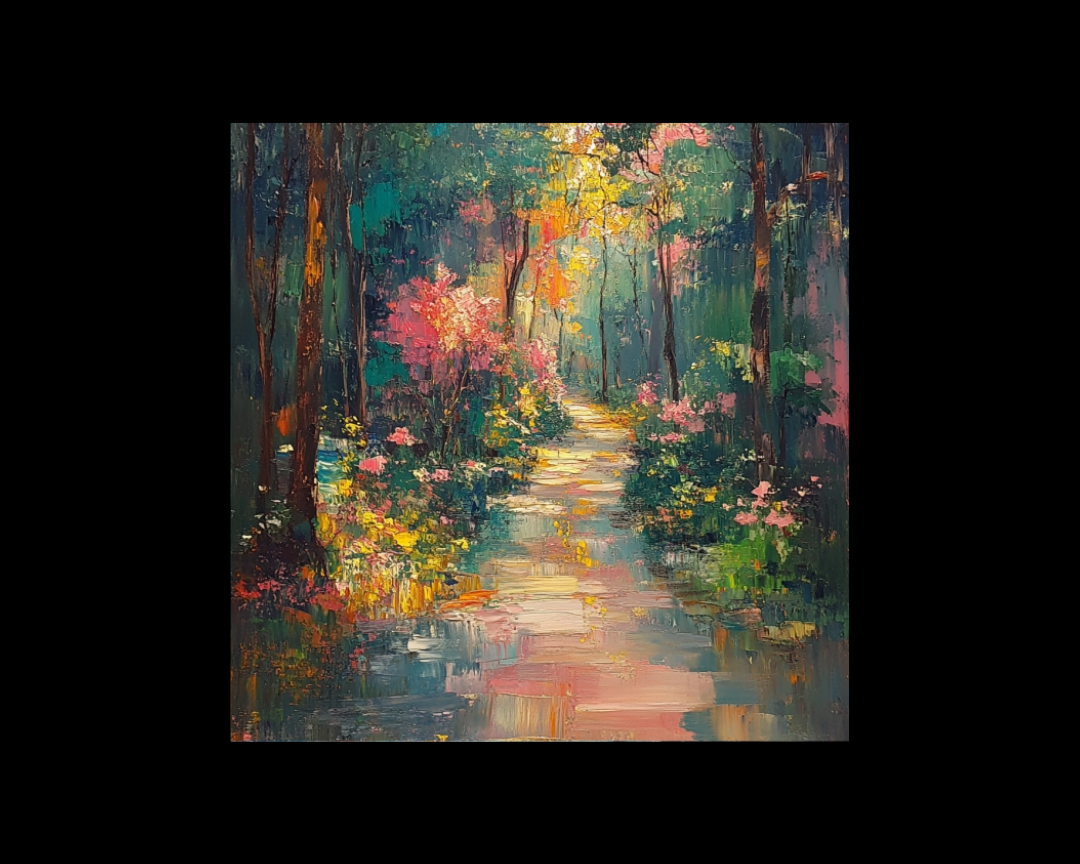Creating Memorable Villains: Developing Complex Antagonists
In the world of storytelling, the heroes may shine, but it's the villains who leave a lasting impression on readers and viewers alike.
2 min read
 Writing Team
:
Aug 23, 2023 11:03:44 AM
Writing Team
:
Aug 23, 2023 11:03:44 AM
.png)
The importance of diagnosis as a narrative tool is evident in how it helps us make sense of dysfunction and deviance, whether in the realm of complex personalities like Elon Musk or in the simple characters like Paddington Bear.
Diagnosis appears deceptively simple - symptoms are observed, a professional evaluates, and a name is assigned to the condition. Yet, the realm of diagnosis is intricate and multidimensional. Diagnoses are, at their core, social agreements regarding what constitutes a particular condition.
Diagnoses are intricate social constructs that define the boundaries of conditions. Take the controversisal personality of Elon Musk - a seemingly straightforward individual whose behavior can make people alternatively admiring or irate.
Or, on the other side, consider the charming simplicity of Paddington Bear, the marmalade-loving simpleton who's always getting into scrapes. We have immediate assumptions about this character, based on memory, experience, nostalgia, etc.
These contrasts underline the fact that diagnoses are more than mere labels; they're tales that weave the narrative of human complexity.
Diagnosis can be a useful facet of entertainment and storytelling. TV shows like "House" spin narratives around diagnostic enigmas that propel plots, transforming "Whodunit" into "Whatisit." The concept of diagnosis traverses realms, moving beyond physical ailments to personalities and fictional characters.
Does Elon Musk's behavior align with a certain neurodivergent tendency? What about the royal-loyal penchant of Paddington Bear? The use of diagnostic frameworks in narrative tools is fascinating.
The allure of diagnosing isn't restricted to the validity of the diagnosis. It's about the way these diagnostic frameworks have become integral elements of storytelling.
A diagnosis isn't just a label; it encapsulates an entire story within a few words. When a diagnosis is assigned, it isn't merely a classification; it's a way to contextualize and understand complexities.
In a sociological context, deviance denotes behavior, belief, or experiences that diverge from societal norms. Diagnostic narratives serve to rationalize deviance by attributing it to specific conditions.
This role of diagnosis as a storytelling medium isn't confined to the living; it extends to analyzing fictional characters as well. The same diagnostic scrutiny that uncovers layers in real individuals is employed to unravel the psychology of fictional characters like Paddington Bear.
Even characters in cinematic universes undergo diagnostic scrutiny despite their fictional nature. Proposed diagnoses for fictional characters range from personality traits to behavioral tendencies, a testament to the quest to decipher intricate personas. While Paddington Bear may be a charming and simple character, this doesn't preclude the temptation to analyze his personality under the diagnostic lens.
Nonetheless, this practice is not without its pitfalls. Relying on diagnoses to explain behavior can lead to a narrowed perspective on human complexity, sidelining alternate explanations. Labeling someone based solely on a diagnosis may overlook broader contexts. Similarly, solely relying on diagnoses to interpret fictional characters may limit the scope of storytelling. Occasionally, characters are meant to be precisely that - characters - devoid of ulterior motives or didactic lessons.
In essence, the manner in which we employ diagnosis as a narrative tool reflects our contemporary comprehension of human behavior and the stories we craft. These narratives unravel more about our perceptions than the subjects they seek to describe. While diagnosis provides a lens through which we scrutinize dysfunction and deviance, it's essential to steer clear of oversimplifying intricate matters and to acknowledge the multi-dimensional tapestry of the human experience.
%20(1).png)
In the world of storytelling, the heroes may shine, but it's the villains who leave a lasting impression on readers and viewers alike.

Tone in writing is the attitude or emotional character that the author conveys through their words. It's a crucial element that can dramatically...

When it comes to comedy, social commentary, and wordplay, few names stand as tall as George Carlin. His sharp wit, observational humor, and deep...